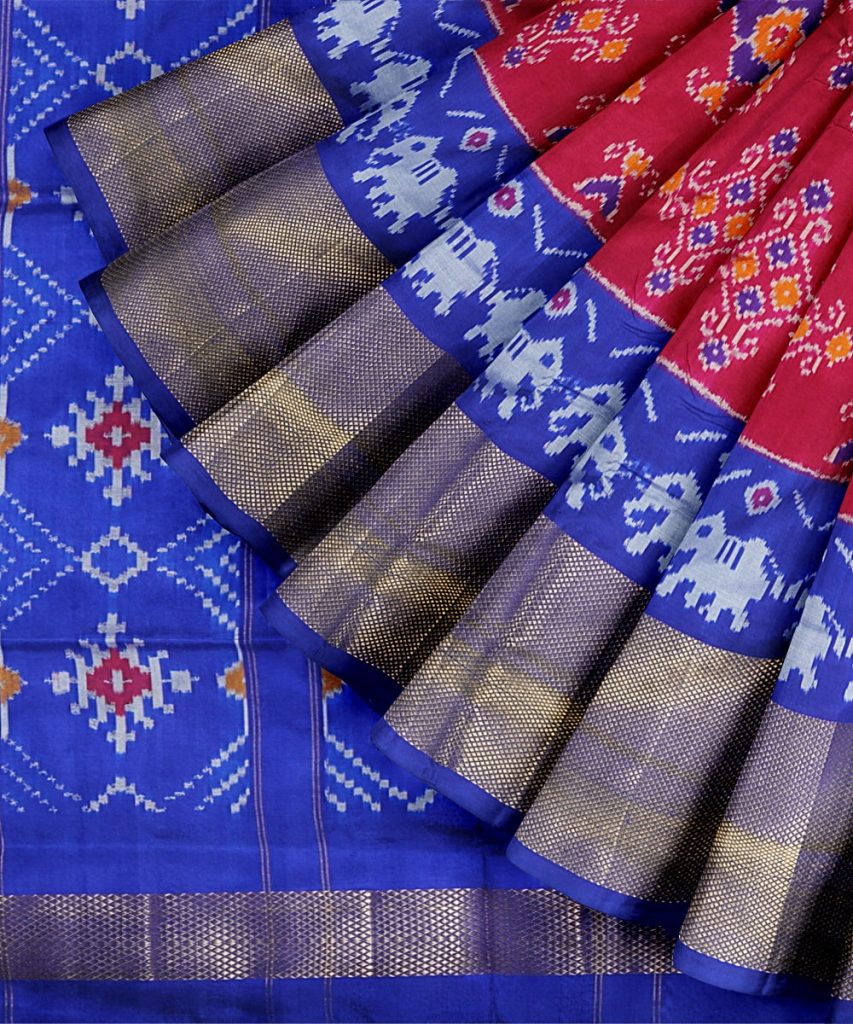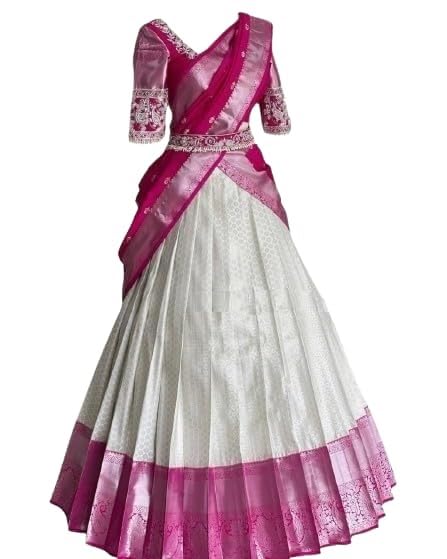

The Timeless Beauty of Kanchipattu Sa
Kanchipattu sarees, traditionally woven in the town of Kanchipuram in Tamil Nadu, India, are a true symbol of South Indian culture and craftsmanship. Known for their rich silk and intricate zari work, these sarees are prized possessions for weddings, festivals, and grand celebrations.
History and Origin
The tradition of weaving Kanchipattu sarees dates back over 400 years, during the reign of the Chola dynasty. Weavers from neighboring areas like Andhra Pradesh migrated to Kanchipuram, bringing with them superior weaving techniques. Over time, Kanchipuram became synonymous with high-quality silk sarees.
Weaving Technique
What sets a Kanchipattu saree apart is its construction. The body and border are often woven separately and then skillfully joined together. Pure mulberry silk threads are used for the body, while the intricate borders and pallus are crafted using gold or silver-dipped zari threads. This unique technique ensures durability while also highlighting detailed patterns and vibrant colors.
Designs and Motifs
Common motifs include temples, peacocks, lotuses, checks, stripes, and floral designs. Many sarees are inspired by scenes from South Indian temples and mythology, making each saree a story in itself.
Why They Are Special
- Made from the finest silk
- Real zari (gold/silver) work
- Traditional yet versatile designs
- Passed down as heirlooms across generations
- Worn during the most important life events
Care Tips
- Always dry clean Kanchipattu sarees.
- Store them in a cool, dry place wrapped in muslin cloth.
- Air them occasionally to prevent moisture buildup.
Conclusion
Owning a Kanchipattu saree is not just about fashion—it’s about preserving a piece of heritage. Whether it’s a traditional wedding or a festive occasion, a Kanchipattu saree makes every moment majestic.
Would you also like a few more articles in different styles, like:
- A short blog-style article?
- A detailed historical deep dive?
- A shopping guide for Kanchipattu sarees?
- A poetic description style piece?
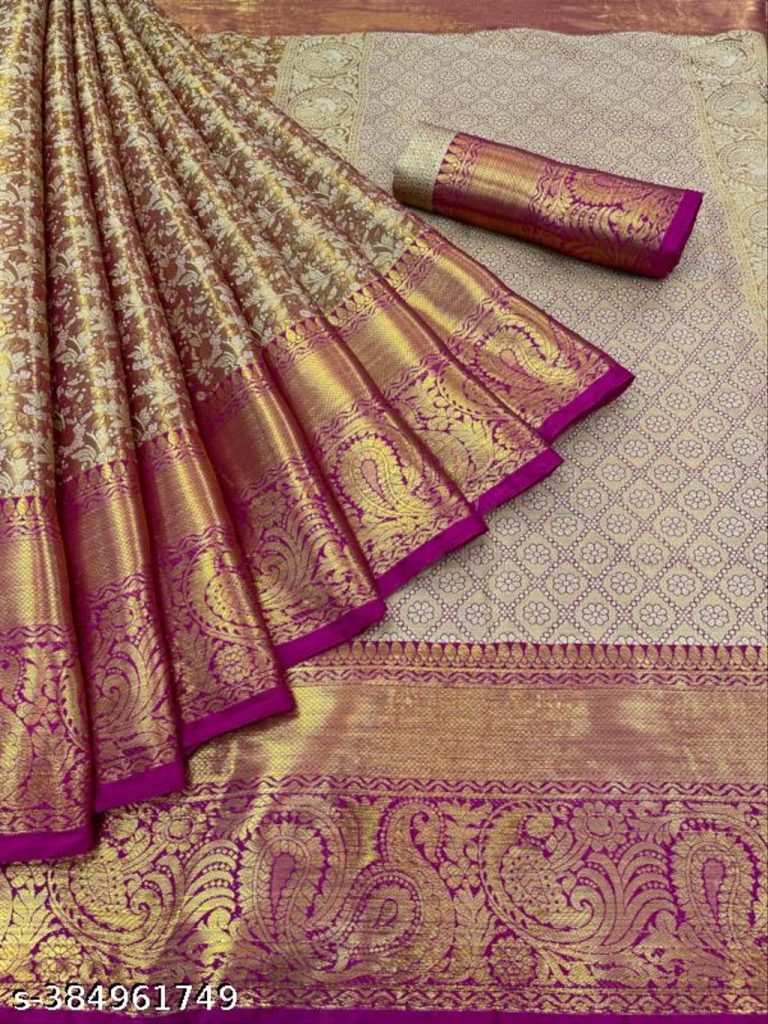

Pochampally Sarees: The Pride of Telangana
Pochampally sarees, woven in the town of Bhoodan Pochampally in Telangana, are celebrated for their vibrant colors, intricate patterns, and unique weaving technique known as Ikat. Often called the “Silk City of India,” Pochampally is a treasure trove for lovers of handloom sarees.
History and Heritage
The art of weaving Pochampally sarees dates back over a century. However, it gained national and international recognition after India’s independence, when the craftsmanship was promoted as part of the country’s rich handloom tradition. In 2005, Pochampally received a Geographical Indication (GI) tag, protecting its unique identity.
Materials Used
Pochampally sarees come in:
- Silk
- Cotton
- Silk-Cotton Blends
Pure silk Pochampally sarees, known as Pochampally Ikat silk sarees, are especially famous for weddings and grand events.
Designs and Motifs
Traditional Pochampally designs include geometric patterns like diamonds, squares, and chevrons, often interwoven with flowers, parrots, and traditional temple motifs. The colors are usually bright and bold, symbolizing the vibrancy of Telugu culture.
Why Pochampally Sarees Are Special
- Handmade with the rare Ikat tie-dye technique
- Lightweight and easy to drape
- Bold, vibrant patterns unlike any other
- Recognized globally for their artistry
- A symbol of eco-friendly, slow fashion
Caring for Your Pochampally Saree
- Dry cleaning is recommended, especially for silk.
- Store in a breathable cotton or muslin bag.
- Avoid direct sunlight for long periods to prevent fading.
Conclusion
Owning a Pochampally saree is like holding a piece of living art — a fusion of tradition, skill, and creativity. Whether worn during festivals, family gatherings, or formal occasions, these sarees make every woman look and feel timeless.
Would you also like:
A shorter blog version (around 150-200 words)?
A comparison between Kanchipattu and Pochampally sarees?
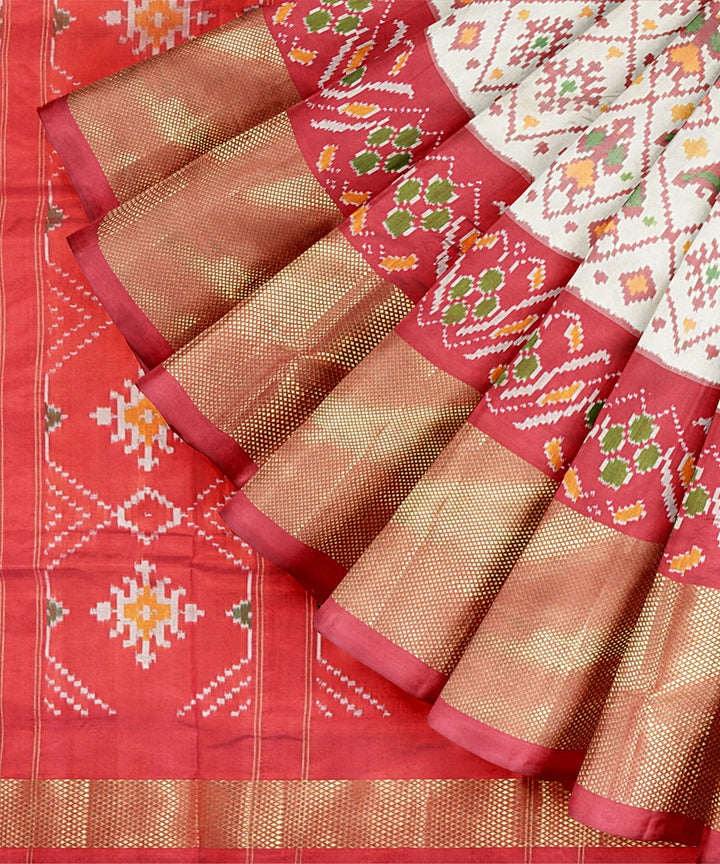

The Traditional Charm of Kurtas for Women
Kurtas have been a timeless symbol of grace, comfort, and cultural pride in women’s wardrobes across India. From casual daily wear to grand festive occasions, the kurta has evolved in style but has never lost its traditional charm. Simple yet elegant, kurtas embody the spirit of Indian tradition and craftsmanship.
A Glimpse into History
The kurta traces its roots back to ancient times, originally worn by both men and women across South Asia. Over centuries, it evolved into various regional styles, incorporating rich fabrics, embroidery, and regional flair. Today, the women’s kurta has become a blend of heritage and modern fashion.
Popular Traditional Styles of Women’s Kurtas
- Straight-Cut Kurta:
Simple, elegant, and perfect for both casual and formal occasions. Often paired with churidars or palazzos. - Anarkali Kurta:
Inspired by the Mughal era, Anarkalis are long, flowing kurtas that flare out like a gown. Worn often at weddings and festivals. - A-Line Kurta:
Narrow at the top and flared at the bottom, giving a neat, elegant look. Comfortable and stylish for daily wear. - Angrakha Kurta:
A wrap-style kurta tied with knots or decorative buttons, dating back to Rajasthan and Gujarat traditions. - Kalidar Kurta:
Made with multiple panels, offering a lot of movement and flow — perfect for festive wear.
Fabrics and Embellishments
Traditional kurtas are crafted from breathable and rich fabrics such as:
- Cotton
- Silk
- Chiffon
- Georgette
- Linen
Hand embroidery like chikankari (Lucknow), kantha (Bengal), phulkari (Punjab), mirror work (Gujarat and Rajasthan), and zardozi (Mughal influence) add an artistic and luxurious touch.
Occasions to Wear Traditional Kurtas
- Festivals: Diwali, Holi, Eid, Navratri, Pongal
- Weddings and Engagements: With heavy embroidery or silk kurtas
- Pujas and Family Functions: Subtle, pastel-toned kurtas with elegant embroidery
- Everyday Wear: Light cotton kurtas for maximum comfort
Why Women Love Traditional Kurtas
- Versatile and easy to style
- Comfortable for all weather conditions
- Elegant without being heavy
- Can be paired with different bottoms — churidar, leggings, palazzos, shararas, skirts
Conclusion
Traditional kurtas for women are more than just garments — they are expressions of India’s rich cultural tapestry. Whether it’s the intricate embroidery, the vibrant colors, or the flowing silhouettes, kurtas continue to celebrate tradition while evolving with time, making them a beloved choice across generations.
Would you also like:
A styling guide on how to wear traditional kurtas for different occasions?Etiam placerat velit vitae dui blandit sollicitudin. Vestibulum tincidunt sed dolor sit amet volutpat.
A shorter blog post (like 100–150 words)?
A history-focused article about how kurtas evolved?
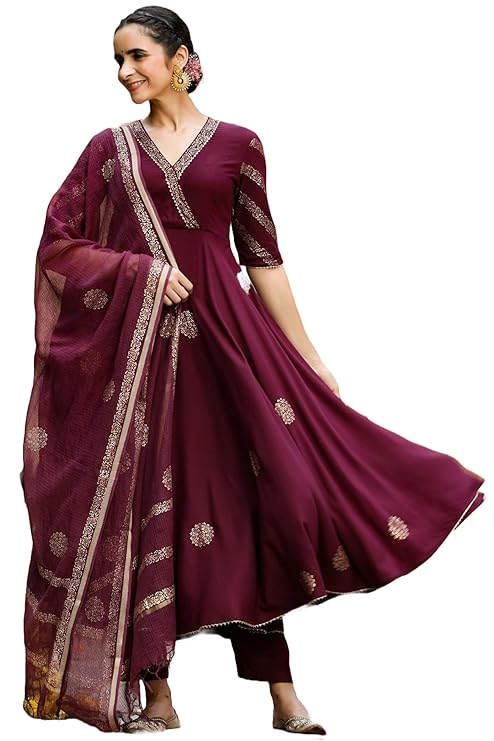
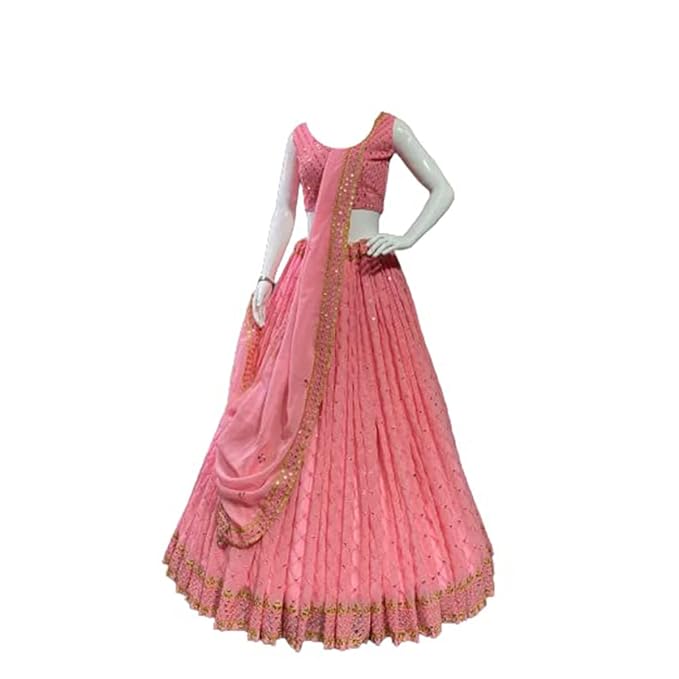
Shop the look for every occasion.
250,000+ happy Customers
Lorem ipsum dolor sit amet, consectetur adipiscing elit. Lorem ipsum dolor sit amet, consectetur adipiscing elit. Etiam non nisl in velit dignissim mollis.
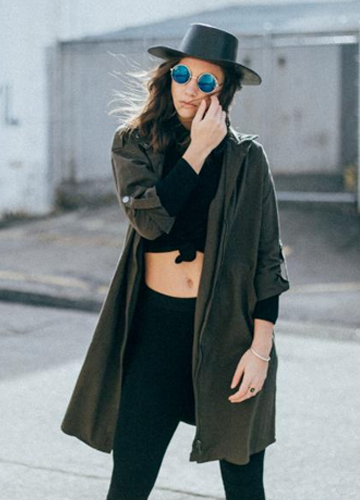
Chic & Sleek
Lorem ipsum dolor sit amet, consectetur adipiscing elit. Etiam non nisl in velit dignissim mollis.
View →
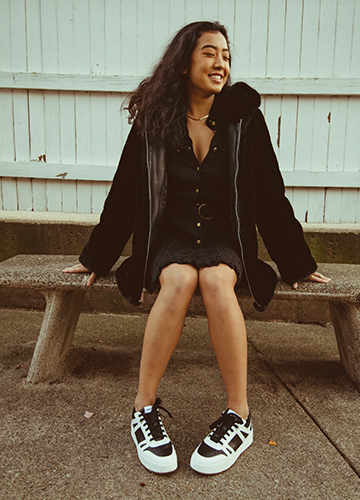
Street Smart
Lorem ipsum dolor sit amet, consectetur adipiscing elit. Etiam non nisl in velit dignissim mollis.
View →
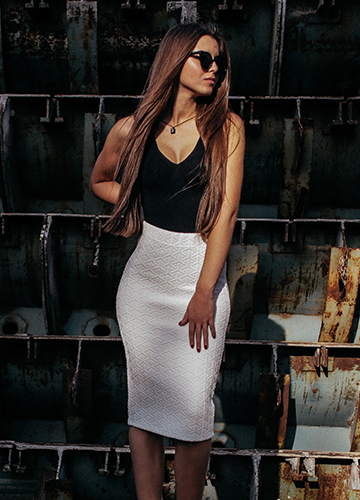
Classic Elegance
Lorem ipsum dolor sit amet, consectetur adipiscing elit. Etiam non nisl in velit dignissim mollis.
View →
Stories by our customers
Customer Testimonials
Etiam placerat velit vitae dui blandit sollicitudin. Vestibulum tincidunt sed dolor sit amet
volutpat. Nullam egestas sem at mollis sodales.

“Lorem ipsum dolor sit amet, consectetur adipiscing elit. Etiam non nisl in velit dignissim mollis.”

Pauline Gilbert
Founder, Yellow Bird

“Lorem ipsum dolor sit amet, consectetur adipiscing elit. Etiam non nisl in velit dignissim mollis.”

Sophie Hanson
Blogger, MyThoughts

“Lorem ipsum dolor sit amet, consectetur adipiscing elit. Etiam non nisl in velit dignissim mollis.”

John Doe
Freelance Writer, AdStart

“Lorem ipsum dolor sit amet, consectetur adipiscing elit. Etiam non nisl in velit dignissim mollis.”

Pauline Gilbert
Founder, Yellow Bird

“Lorem ipsum dolor sit amet, consectetur adipiscing elit. Etiam non nisl in velit dignissim mollis.”

Sophie Hanson
Blogger, MyThoughts

“Lorem ipsum dolor sit amet, consectetur adipiscing elit. Etiam non nisl in velit dignissim mollis.”

John Doe
Freelance Writer, AdStart
Read our blog
Sustainable Living
Etiam placerat velit vitae dui blandit sollicitudin. Vestibulum tincidunt sed dolor sit amet
volutpat. Nullam egestas sem at mollis sodales.
-
The Timeless Elegance of Kanchu Pattu Sarees
When it comes to traditional Indian attire, few garments are as regal and timeless as the Kanchu Pattu Saree. Revered for its rich texture, vibrant colors, and intricate craftsmanship, the Kanchu Pattu Saree is a symbol of South Indian heritage and artistry, especially prominent in states like Tamil Nadu and Andhra Pradesh. What Are…
-
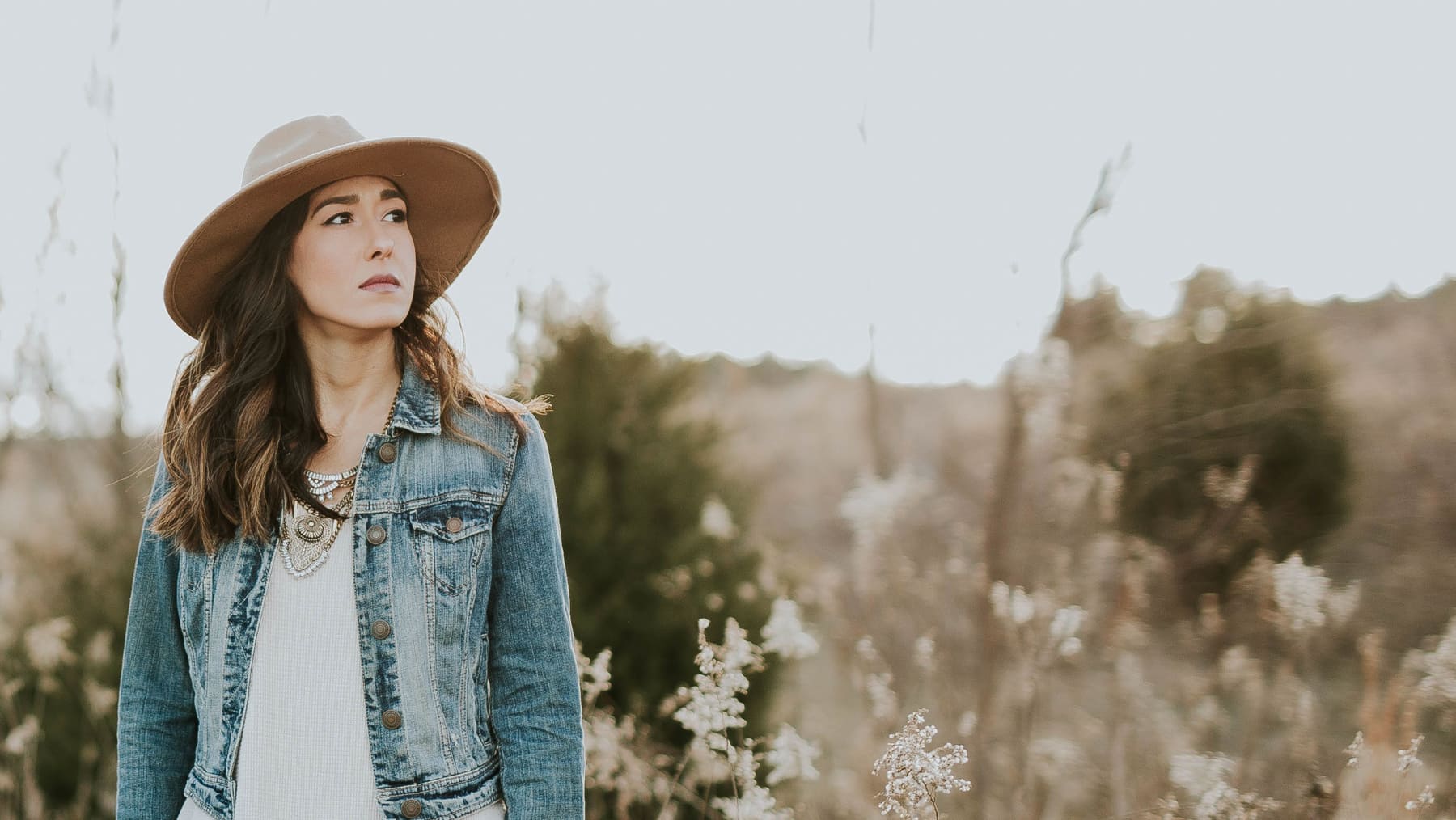
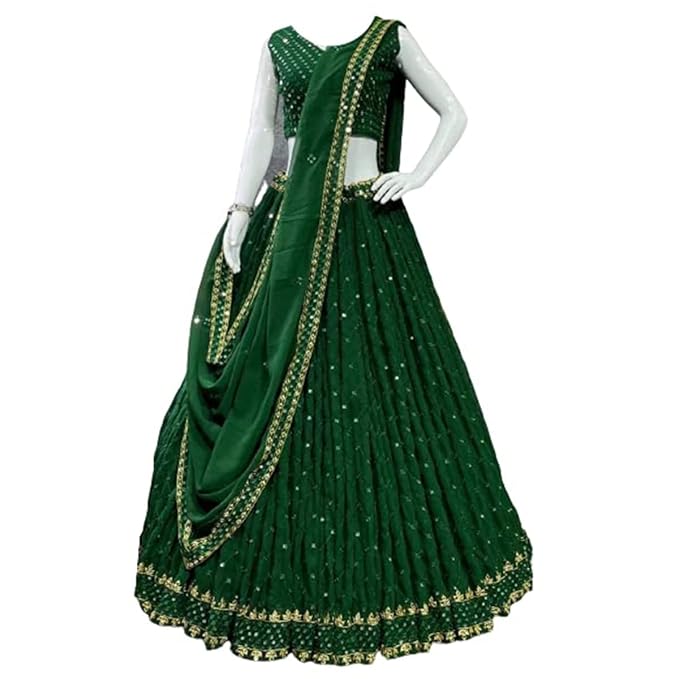
The Glory of Our Traditions: A Journey Through Traditional Women’s Attire
